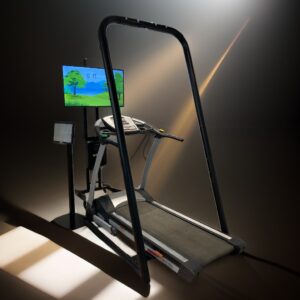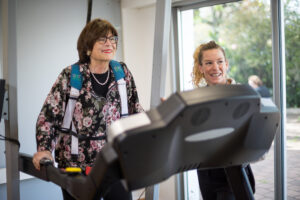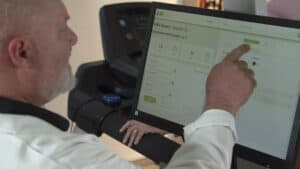
What is Aging in Place?
As our society experiences a significant demographic shift towards an aging population, the concept of “Aging in Place” has gained prominence.
There are various definitions of aging in place, but it generally refers to the phenomena of older adults remaining in their homes and communities as they age, rather than relocating or moving into an institutional setting. The U.S. Centers for Disease Control and Prevention defines aging in place as:
“the ability to live in one’s own home and community safely, independently, and comfortably, regardless of age, income, or ability level.”
Why is Aging in Place Important?
The need for aging in place is evident as we witness the rise of the silver generation. According to statistics, the global population of individuals aged 60 and above is projected to reach 2.1 billion by 2050.
This demographic change calls for a paradigm shift towards supporting aging in place, ensuring that older adults can live safely, independently, and comfortably in their own homes and communities. It also relieves strain on healthcare systems and reduces the financial burden of institutional care.
Today, nearly 90% of seniors express their desire to stay in their own homes as they age. By enabling aging in place, we can promote life satisfaction, enhance quality of life, and uplift self-esteem among older adults, allowing them to thrive happily, healthily, and well into old age.
Aging-in-place technology
Technology innovation plays a vital role in enabling successful aging in place, particularly in preventing falls and supporting motor and cognitive function. Falls are especially important since they pose a significant threat to the well-being of seniors and are the most common reason seniors move out of their house and require a higher level of care. .
To be more specific, each year one out of four older adults (aged 65 and above) experiences a fall, leading to approximately 3 million emergency department visits and over 800,000 hospitalizations. Falls are also the leading cause of fatal and non-fatal injuries among older adults.
Smart home devices and environmental adaptations, such as motion sensors, automated lighting, and grab bars, can create a safer living environment, reducing the likelihood of accidents. Wearable technologies, including fall detection devices and personal emergency response systems, offer real-time monitoring and immediate assistance when a fall occurs, ensuring prompt medical attention.
And yet, in some respects, these technologies are just ‘band-aids’. They don’t address the root-cause of falls, which is functional decline. And unless this decline is halted or reversed, these technologies eventually become of limited value. A more critical element to aging in place is to help the older adult maintain both cognitive health and functional mobility.

Cognitive health and mobility
Older age is associated with significant declines in executive function, including loss of working memory and difficulties with motor planning. Furthermore, cognitive impairment is associated with an increased fall risk due to the key role executive function plays in when walking in the real world.
Technology offers many interventions to support cognitive health, including smart assistive technologies that provide reminders, medication management systems, and cognitive aids for improved memory and organization.
There has been an explosion of digital cognitive training programs and brain fitness applications that offer exercises to stimulate cognitive abilities and maintain mental sharpness. To select the appropriate technology, it is important to have an understanding of the neuroscience of aging.
Neuroplasticity is necessary to ensure cognitive improvements occur and are semi-permanent. Successful neuroplasticity in older adults requires several elements, including real-word specificity and aerobic engagement (elevated heart rate and breathing). That is, sitting on the couch doing crossword puzzles (or Sudoku) will mostly result in getting good at those puzzles and even then not by very much.
The GaitBetter system offers a unique dual-task motor-cognitive approach to support both brain health and mobility for aging in place.
By adding a semi-immersive virtual reality experience to treadmill training, GaitBetter allows older adults to practice real-life situations such as walking in a park or down busy streets in an intense and safe environment. The system’s multitasking workouts combine decision-making, memory tasks, attention exercises, and dynamic balance training.
Older adults over a broad range of ages and indications that use GaitBetter have seen clinically significant improvements in walking abilities, cognitive skills, and as high as 80% reduction in fall events.
The future of aging in place
To fully embrace technology for successful aging in place, collaborative efforts among healthcare providers, technology developers, and caregivers are essential. Integration of technology into healthcare systems, overcoming technological barriers, ensuring accessibility, and prioritizing user-friendly interfaces are crucial steps to make technological solutions widely available and beneficial to all seniors.
By embracing technological advancements, we can empower seniors to age with independence, well-being, and dignity, creating a future where every individual can enjoy a fulfilling and vibrant life as they age.

